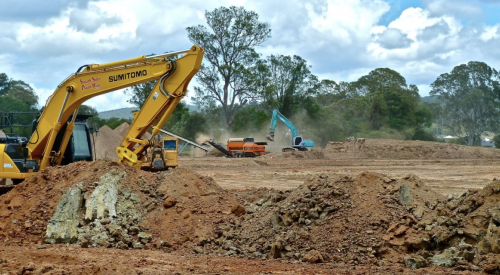| Contact John Burns via e-mail at jburns@realestateconsulting.com
|
Sophisticated analysis by Andrew Miller at the Massachusetts Institute of Technology's Center for Real Estate shows builders and developers how to redesign land plans to increase revenue and accelerate sales. Because 200-page master's theses make few regular reading lists, this column summarizes the findings. I suggest, however, that you purchase and read the $25 report, which is available from MIT by calling 617/253-4373.
The comprehensive analysis of land plans around 14 mature parks in the Dallas area studied the premiums associated with being adjacent or close to a neighborhood park. More than 3,200 home values were studied, and a geographic information systems program was used to calculate the walking distance from each home to the closest park. The study provides conclusions on the optimal park configuration, lot configuration and street layout.
Bill Gietema of Arcadia Realty, a land developer in Texas, sponsored the study and now practices the results - with tremendous success. Because the study's recommendations also show how a city can develop a higher property tax base and better mature neighborhoods, Gietema uses the study's results to convince cities to:
- allow greater variety in lot sizes in exchange for more usable open space.
- allow Arcadia Realty to plot more homes surrounding parks rather than have one side of the park face a major arterial, as in a customary land plan.
- allow multiple small parks in place of a large, square park, resulting in higher lot premiums.
For example, Arcadia used the MIT study to show a city that its property tax base would be $22 million higher with a redesigned land plan around parks, compared with the initial concept following conventional subdivision design. This more diversified land plan results in faster absorption and higher lot premiums. Arcadia also has negotiated density bonuses because of the reconfigured open space. Subsequently, builders have charged more for homes because of the increased park access.
One of the study's most valuable results is the calculation of the premium that should be charged for having a view of the park, as well as the value of the premium as homes move away from the park. The study will not tell you the exact land plan and premiums for your community, but it will give you an excellent template to follow in conducting local market research.
Cost/Benefit Analysis
The decision to build a park is not made lightly. Builders must calculate the value of the park and the incremental costs. If the city mandates a park, the analysis becomes much simpler. Here is my guide for calculating the costs and benefits:
|
|||||
|
These benefits are hard to quantify, but a nominal data purchase plus analysis by a quantitative analyst is much easier to do today than it was several years ago.
|
|||||
|
|||||
|
In some areas, builders have determined that parks made good financial sense. If they make sense in your area, or if the city mandates a park, then construction and maintenance costs also need to be considered.
|
|












